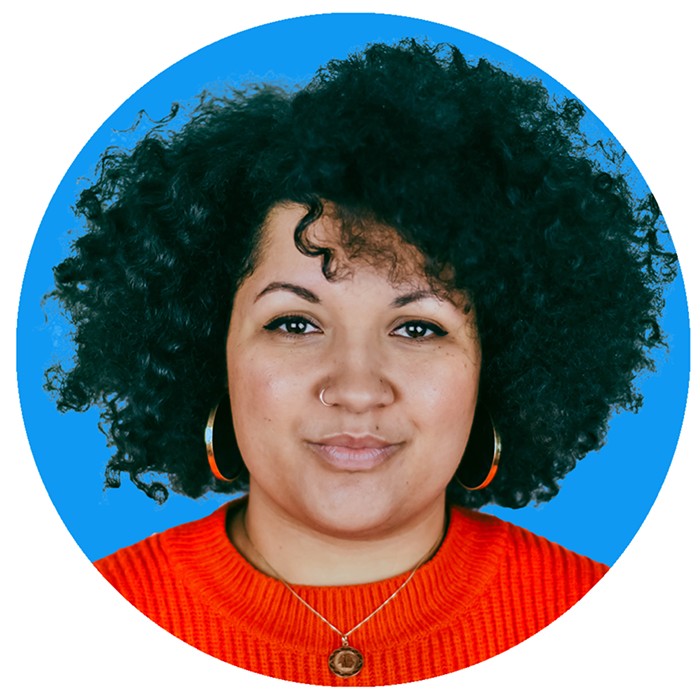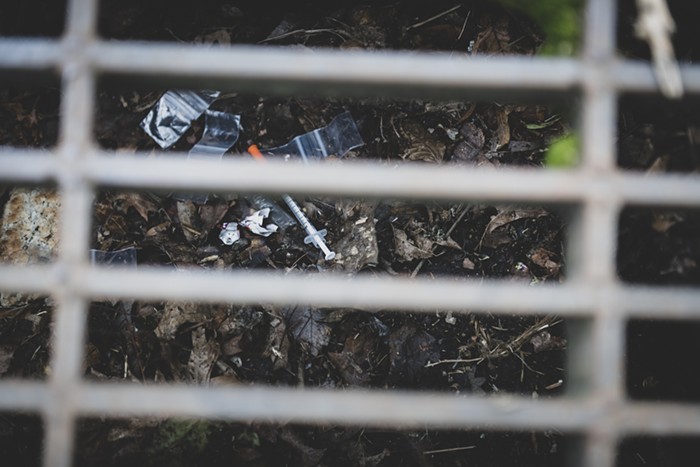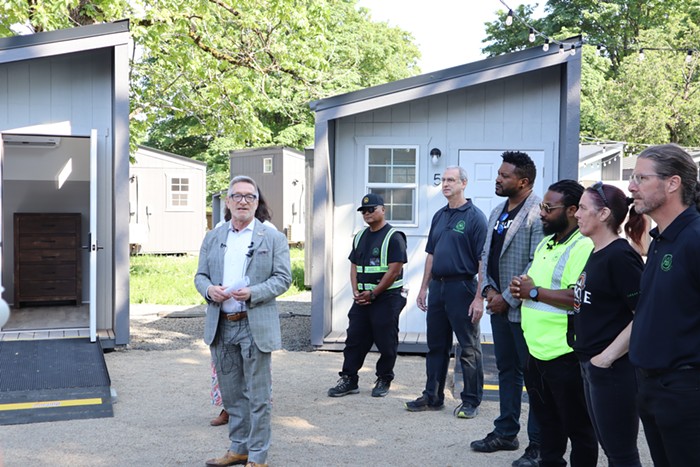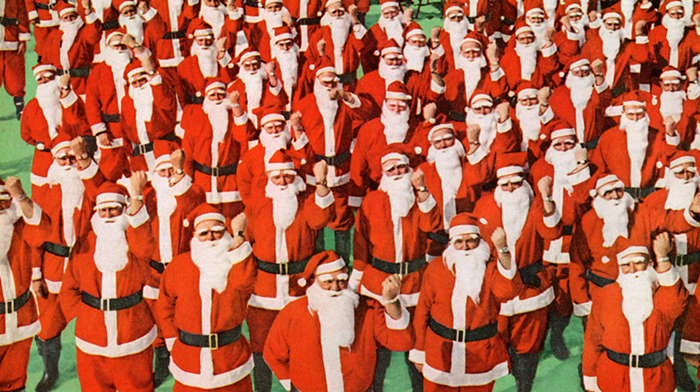There’s no denying The Last Black Man in San Francisco’s opening slo-mo skate scene is powerful and gorgeous. But I wish that, like the city itself, those scenic views weren’t the best part.
Inspired by a true story, The Last Black Man in San Francisco is about the city’s rapid gentrification and those crazy looks white folks give Black and brown people for daring to feel at home in their own neighborhoods. It centers on Jimmie Fails, who becomes obsessed with his massive childhood home in the city and sets out on a mission to buy it. These days, it’s going for a cool $4 million.
While there are lots of subtle clues about San Francisco’s vile history of gentrification, The Last Black Man in San Francisco still comes off as empathetic toward gentrifiers. “These aren’t bad people,” the movie seems to say. “They’re just complicit.”
Fails plays a fictionalized version of himself in the film, which he co-wrote with his best friend, director Joe Talbot. Almost right off, there are hints the film was directed by a white person. In this San Francisco, white neighbors don’t call the cops, but rather use the threat of calling the cops as a weapon in order to get Black people to scram. And then there’s Emile Mosseri’s whimsical score. While Talbot and the Fails grew up in the same area, their interracial friendship is scrapped for the film: Here, Jimmie is given a Black best friend, Montgomery (Jonathan Majors), who lets Jimmie stay with him and Grandpa Allen (Danny Glover). It’s these characters’ relationships that lead to some of the film’s best observations about how gentrification, police shootings, and income inequality wreak havoc on communities of color.
A breath of fresh air: There’s no romantic subplot or “classic” nuclear family. Instead, the film’s emotions stem from Jimmie’s fixation on his childhood home, his friendship with the autistic aspiring playwright Montgomery, and his complicated relationship with his city. (“You don’t get to hate [San Francisco],” Jimmie says, “unless you love it.”) While ego is at the center of the interactions between the small group of Black men who still live on Jimmie’s old block, a tearful hug between them after a fatal instance of violence is the most moving scene of the movie.
But after finishing the film, I was left with questions about these characters’ lives: How does Jimmie find time to make money? Where do these Black San Franciscans get their food? True, seeing these particular characters go out to brunch would go against everything I’ve heard from non-wealthy people who live in the Bay Area—that it’s so expensive to live there that dining and going out are rare luxuries. But it adds another level of too-smooth glaze to the film to rarely see its main characters working or doing any other life stuff, though relatable moments still surface, like when Jimmie finds a tour guide lecturing Segway-riding tourists about the history of his home.
As far as San Francisco goes, we mostly see the city from Jimmie’s perspective as he heads to and from the house, whether hitching a ride on a delivery truck or skating the city’s hills. And while there are lots of subtle clues about San Francisco’s vile history of gentrification—like some creepy, decrepit-looking construction workers—Last Black Man still comes off as empathetic toward gentrifiers. “These aren’t bad people,” the movie seems to say. “They’re just complicit.”
But with the film refusing to place any blame, it’s ultimately unclear why its story needed to be told. The closest we get is a somewhat useful nugget from Jimmie’s aunt Wanda (Tichina Arnold), lovingly folded into the film’s open-ended conclusion: Maybe Jimmie needs to give up his dream of being the last of his tribe to stick around. Maybe everyone who left did so for good reason. Maybe Jimmie needs figure out why he’s still in San Francisco. Because honestly, fuck San Francisco.
Editor’s note: This review has been updated to clarify the characters’ professions.




















